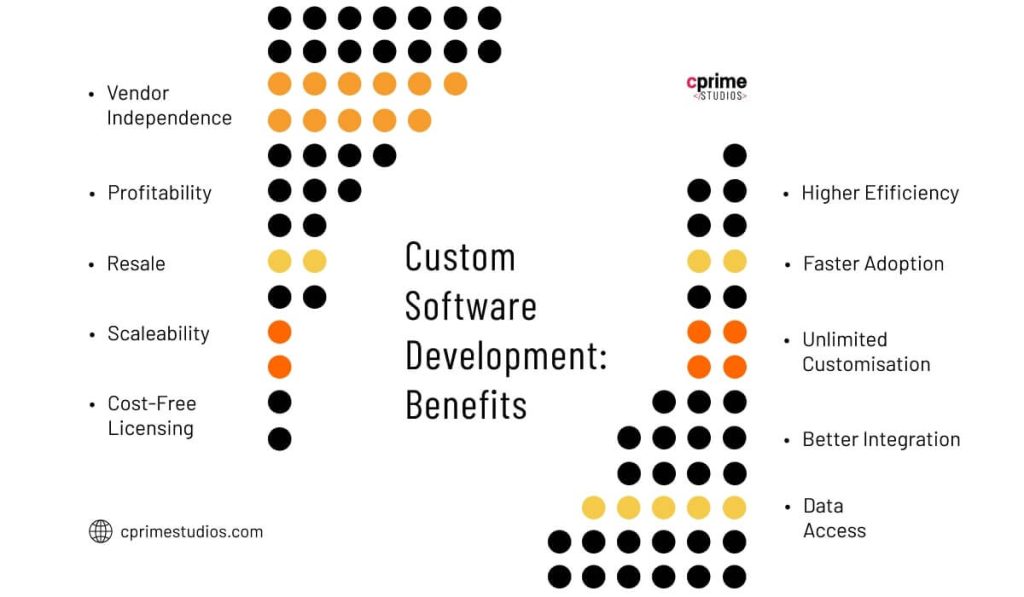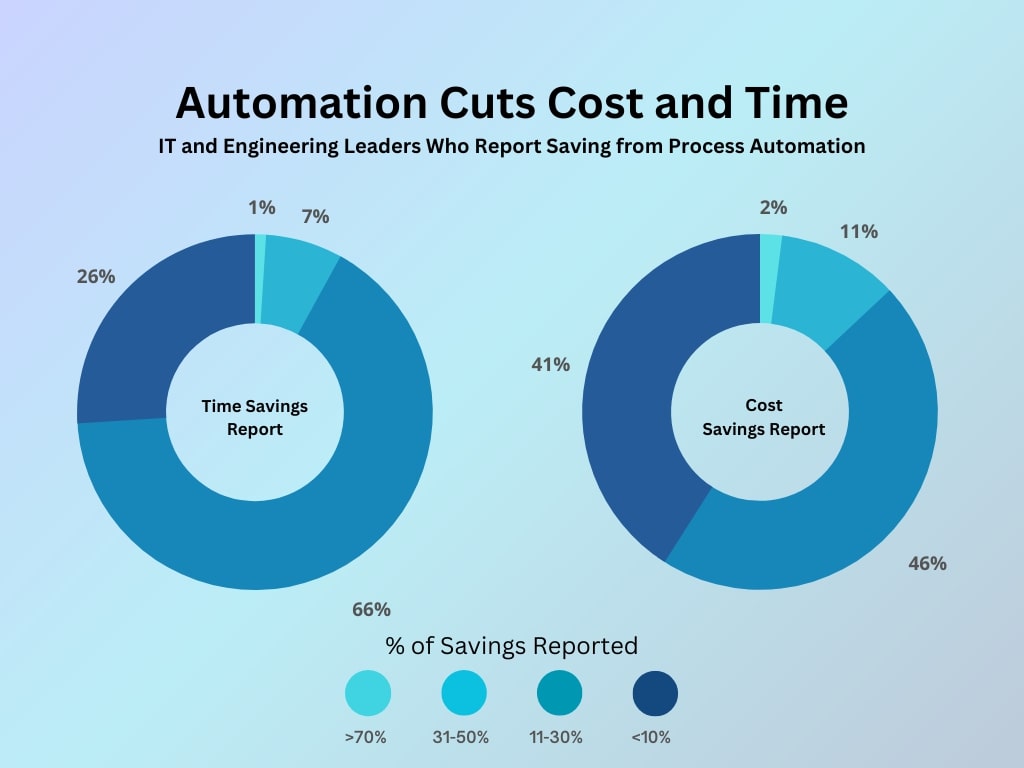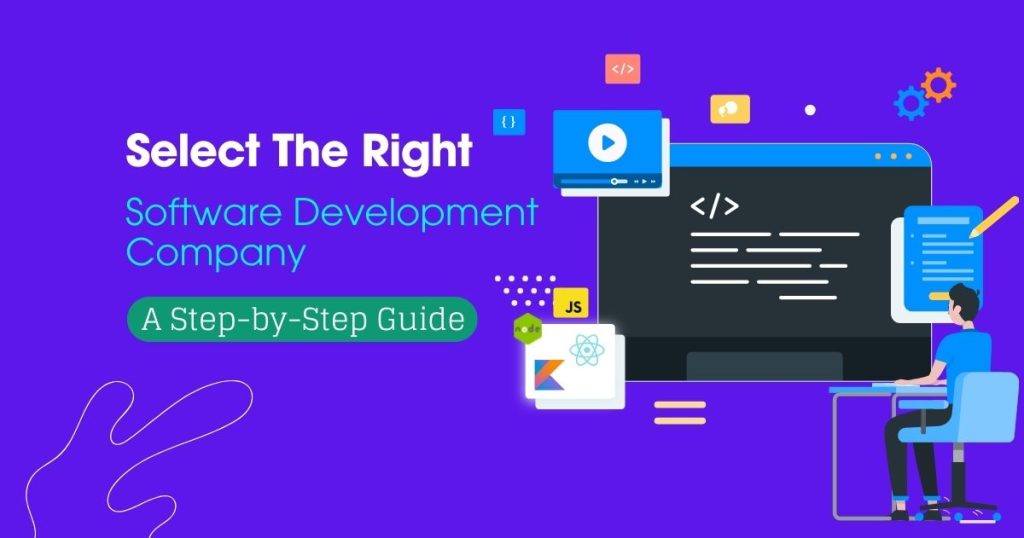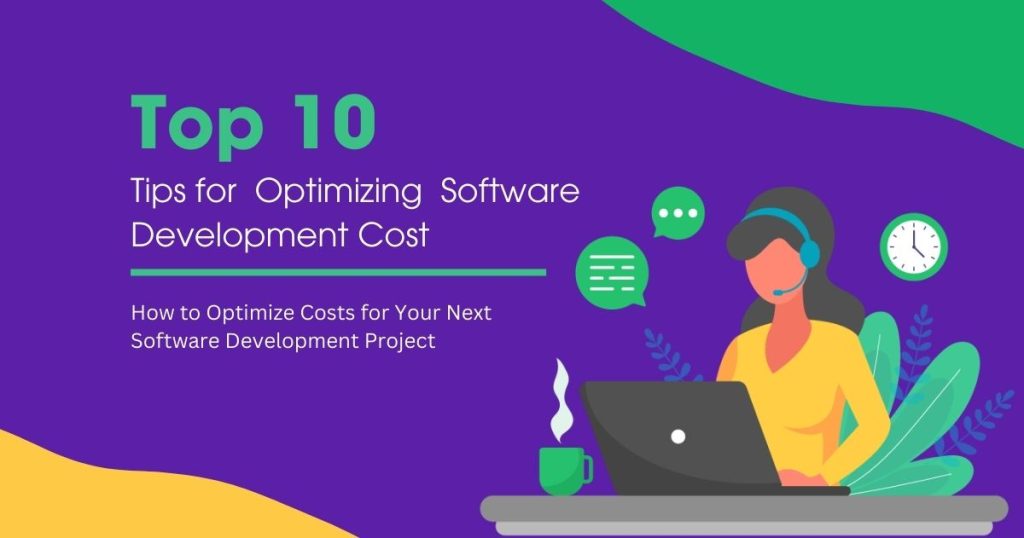Events like wars and crises are trembling the markets, setting off decision-makers’ innate defense mechanisms and making them second-guess every dollar they plan to spend. For this reason, we started looking into technologies that help streamline the process of developing apps and websites, such as low-code and no-code development platforms and AI solutions. But what about quality if the money is the main concern? There must be a disadvantage. Okay, maybe not all the time! Continue reading to learn about technologies that can shorten development times or cut costs without sacrificing quality.

How to Reduce Software Development Costs? Start Benefiting from Artificial Intelligence
This article will discuss several methods to lower the cost of developing digital products. The conventional method views time, money, and quality as interconnected variables, with any improvement in one having a negative tendency to affect the others. Do you wish to release your app as soon as possible? No issue, however, to speed up the process, we’ll need to choose only the most important features (also known as the MVP strategy), which will increase the cost. Or do you want the finished product to have every feature that might exist? That is possible, but it will cost more money and require more time—which may not even be necessary.
Thankfully, technology is growing. Although utilizing these technologies isn’t always the optimal course of action, it can present a choice that can save development costs and give more flexibility.
Using no-code development to save product development expenses
With no-code or low-code development platforms like Squarespace or Webflow.com, you can create a website rapidly even if you don’t know how to code. With drag-and-drop menus and pre-made components handling various features, functionalities, and settings, you only need to know what you want to create. You select the components that you require from the ones that are offered.
That being said, there is a learning curve just like with any other instrument; you must acquire the necessary skills. However, internet video tutorials and Platforms for exchanging knowledge are available to help novices. Furthermore, these platforms will be considerably simpler to use if you have some programming experience and a grasp of how websites and applications function “behind the scenes.”
What is the difference between low-code and no-code?
While not the same as no-code, low-code is comparable. Firstly, no code platforms are designed for non-developers and don’t require any programming or coding knowledge at all. Low code, as the name implies, calls for some programming language knowledge and expertise. Though some of the code may need to be edited or rewritten to meet your requirements, the general idea of selecting from a menu of pre-made components or blocks of code remains the same. More developers are the intended user base for low-code products like Zoho Creator and Kissflow.com who need to save development expenses and save time.
The advantages of low- or no-code solutions
A low-code platform can be the answer you’re searching for if your in-house developers are under pressure to finish projects fast or if you don’t have much in-house experience but still need to build your web presence.
These technologies provide small enterprises and startups with:
- swift creation of products.
- simple learning curve.
- Efficiency is achieved through modular design choices and automation.
- Flexibility in that you may quickly switch out parts and modules to meet your changing digital demands.
- Accessibility (most of the available options adhere to best practices for accessibility).
- And, naturally, lower software development expenses.
How to Decrease the Cost of AI

AI-powered cost-cutting for product development Automation is always a good method to save money, and artificial intelligence provides a wealth of automation possibilities.
Writing code – Using design cues, generative AI development services may be utilized as coding helpers, producing code modules and snippets. This can serve as a helpful learning tool and assistance for developers.
Code testing: Artificial intelligence software development testing technologies will evaluate the usability, dependability, and performance of your digital product, spotting errors and problems. Additionally, saves important development time.
Make user personas: Great products are tailored to particular user types. AI software development solutions, such as delve.ai, will search the internet for relevant user personas based on criteria like tech utilized, content/news read, preferred brands, business interests, etc., to help with the research and product discovery aspects of your development process.
Creating content: Without text, graphics, and other media—the information that users engage with—even the most well-coded product is not very useful to them. GenAI may be used to almost immediately produce such material that meets your requirements.
By integrating AI virtual assistants into your website or application, you can automate the “help” function for users and save up personnel time by having the AI handle routine requests. To show how simple the process may be, you can see a case study on a Proof of Concept chatbot we created for one of our clients.
The construction of wireframe or mock-up prototypes is one of the most efficient uses of AI in the development process in terms of time savings. This allows users and stakeholders to see your first concepts as soon as possible, allowing for speedy input that can help the design. Simple wireframes based on a sketch or image may be made with several accessible tools.
What benefits can AI artificial intelligence bring to software development?

Image Source: Appinventiv
For companies trying to save development costs, using AI techniques in product development offers many possible advantages:
Speed: automation of steps in the process, such as creating user profiles, writing code, etc
Testing usability and functionality allows for speedier time-to-market, more focused development, and rapid prototyping.
Less developer input: These AI technologies greatly cut down on the amount of developer work needed to produce your product, but they aren’t quite “no-code,” since developer experience is typically still necessary to verify, evaluate, and use the findings.
Reduced human error: Artificial intelligence (AI) technologies may be highly effective given you know their limitations. They are consistent, albeit they are by no means error-proof. But even the most skilled humans nevertheless occasionally make haphazard errors.
Cost-effectiveness: AI-powered development results in digital goods requiring fewer developer resources, which translates into lower costs. As an alternative, your engineers may devote the same amount of time to creating the product, but they would concentrate that time on adjustments, personalization, and other high-caliber, added-value work.
Increased creativity: Discover the endless creative possibilities that arise when your marketing or HR department plays around with GPTs.
Cutting Development Costs With AI
Everything seems OK so far: a range of AI tools and low-code and no-code solutions provide opportunities to reduce product development expenses. But there must be a disadvantage, right?
Not so many “drawbacks” as use restrictions. For startups and smaller enterprises, no-code platforms are an excellent means of finishing their website project and making it seem beautiful. But you’re restricted to the reach of that particular platform. Various parts and possible designs. You’re still looking at hiring professional teams to create a website that is unique and stands out in a congested market. For the most digitally savvy sectors, there are still a ton of creative options available if your demands extend beyond a basic website.
Furthermore, the more specialized your demands are, the more likely it is that you will need a bespoke item.
Similarly, quick prototype or minimum viable product (MVP) production may be achieved with the no-code/low-code drag-and-drop technique. However, if the product hypothesis has been confirmed, further resources may be required for the product’s development before launch.
Using low-code/no-code solutions can greatly decrease product development expenses. But intelligent AI applications can do more than just reduce costs; they can improve your product. Consider a scenario in which our implementation saved almost €150,000 for a client. This improved SEO and sales rates on their e-commerce platform, in addition to being a budget gain. Not only did we save money, but we also improved the product.
The good news is that adopting low-code or no-code platforms and other cost-cutting technologies is not a bad idea for initial development or rapid repairs.
When it comes to AI, it’s more than simply a way to cut development or operating expenses—it may revolutionize your product by adding features that weren’t even possible a year ago.
Cost-effective software development
For startups and smaller companies that must create reliable digital goods or Low-code and no-code solutions may be highly helpful in cutting development time and costs when used in conjunction with an MVP to evaluate stakeholder and user reactions. Artificial Intelligence (AI) has the potential to not only reduce the product’s financial impact but also provide commercial or user value that might quickly yield a return on investment.
Conclusion
This article has covered the aspects of minimizing AI costs in software development companies. To enhance this process, hiring a suitable software application development company India partner is essential. Top companies in India are Hidden Brains which are assisting small and medium-sized companies. SKAP Technologies, DxMinds Innovation Labs, and SPEC INDIA are prominent software companies assisting in software development solutions with minimal costs.
Frequently Asked Questions
How can we reduce AI software development costs?
Predictive maintenance is one of the primary ways AI lowers manufacturing costs. AI systems can anticipate possible equipment problems before they happen by analyzing vast volumes of data from machine sensors. This makes it possible to maintain the equipment on schedule, avoiding expensive shutdowns and increasing its longevity.
How much does it cost to build an app in India?
In India, the average cost to design a mobile app is between 2.5 and 20 lakhs. Nevertheless, the precise amount varies based on the project’s features and complexity. We may divide app projects into three main categories based on features and complexity: simple applications, standard apps, and complicated apps.



